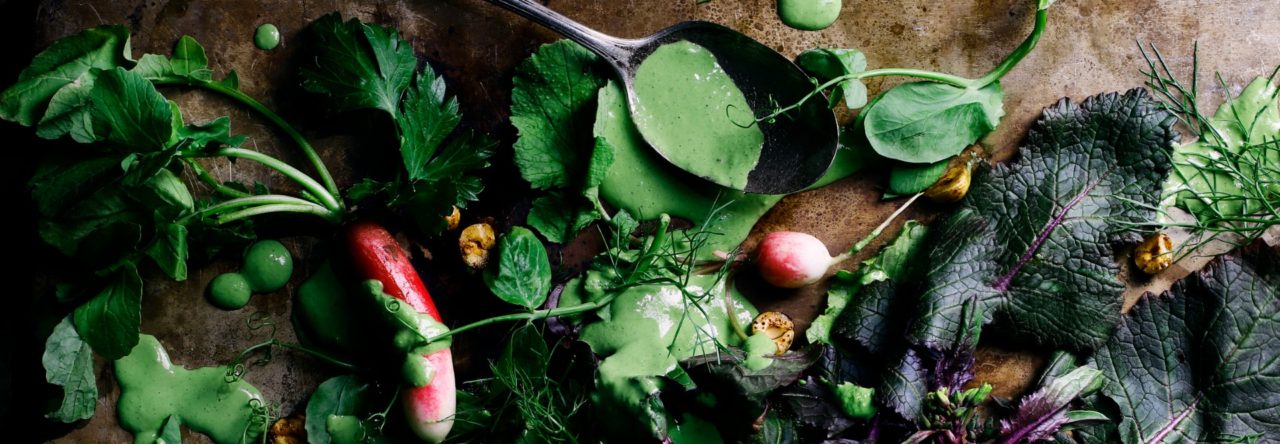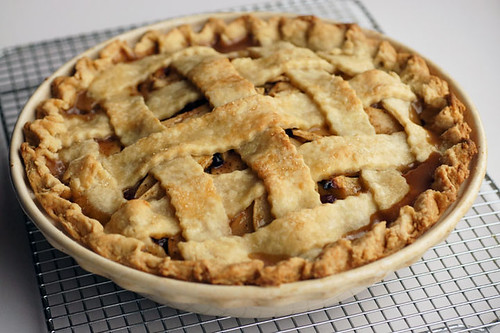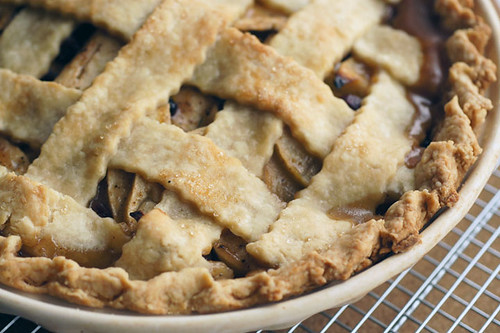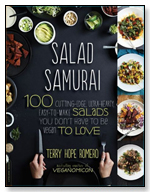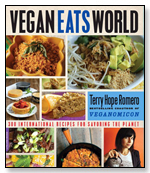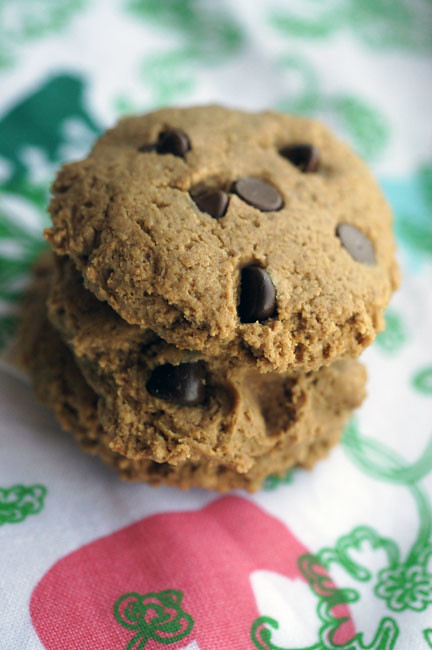
Peanut flour. Two words that go great together (insert “roasted” in the middle and that’s where the magic is…skip the raw variety). A while back I picked up a little bag a Trader Joe’s and since then I fear it’s no longer regularly stocked, but but fortunately a quick search reveals it’s alive and well via shopping online.
Besides blending with a little almond milk and a touch of agave for a lower-fat peanutty dip for apple slices and chilled grapes, roasted peanut flour excels in baked goods. And adds a protein boost too. But this flour is best at adding peanut butter depth and richness to recipes without the oily heaviness often associated with peanut-butter flavored baked goods. In fact, I think I just might prefer peanut butter cookies made only with the addition of roasted peanut flour.
The following recipe is a gluten-free cookie developed a while ago for a project that’s on the back burner for now, but still equals great peanut butter cookies with a light texture and plenty of peanut aroma. Regarding the gluten free flour mix, use your favorite purchased blend (like Bob’s Red Mill Gluten Free Baking Mix), our blend from Vegan Cupcakes Take Over The World, or a blend of rice and oat flour (with perhaps a touch of coconut or quinoa flour for body).
I’ve since then “glutenized” this recipe for myself by using an equal amount of whole wheat pastry flour in place of the GF mix. I love how the cinnamon and brown sugar compliment the toasty notes in the peanut flour too. And I’ve even replaced ⅓ cup of the oil with apple sauce for a moist, tender peanutty-cookie with less overall fat. However you pick your peanuts, these little cookies can be changed and re-arranged to suit your peanut butter treat needs.
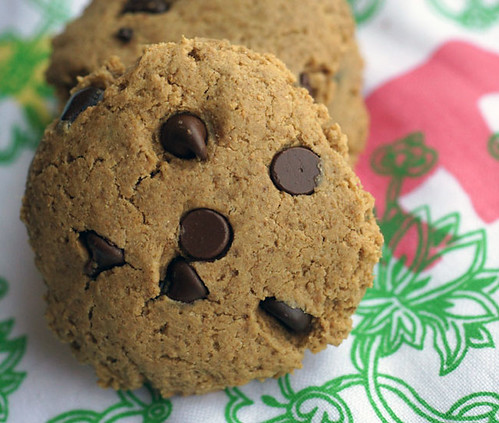
Roasted Peanut Butter Cookies
makes about 2 dozen small cookies
Looking for a light and leaner cookie? Substitute ⅓ cup of unsweetened apple sauce for ⅓ cup of the oil.
1 1/2 cups gluten-free baking mix or whole wheat pastry flour
1/2 cup roasted peanut flour
1/2 teaspoon baking soda
½ teaspoon ground cinnamon
1/2 teaspoon salt
3/4 cup dark brown sugar, lightly packed
1/4 cup plain almond milk
1 1/2 teaspoons pure vanilla extract
2/3 cup peanut, sunflower or canola oil
2/3 cup semi-sweet chocolate chips
1. Preheat the oven to 350 degrees and line a large baking sheet with parchment paper. In a large mixing bowl sift together gluten free baking mix (or flour), roasted peanut flour, baking soda, cinnamon and salt.
2. In a separate bowl whisk together brown sugar, almond milk, vanilla extract and oil until smooth. Pour into the dry mixture and use a wooden spoon or rubber spatula to stir just enough to form a thick dough. Add chocolate chips and gentle fold into the dough with your hands, pressing in any chips that pop out. Drop by generous tablespoons onto the parchment paper, spaced about 3 inches apart. If desired press a few extra chips into the tops of cookies, then press down on each cookie with your palm or back of a measuring cup to flatten.
3. Bake for 10-11 minutes, then remove from oven and cool on baking sheet for 2-3 minutes. Use a spatula to lift cookies and move onto wire rack to complete cooling. Store tightly covered. Tightly wrapped these cookies also freeze very well; let stand on a counter top to reach room temperature or gently warm in the microwave for 10-15 seconds.
